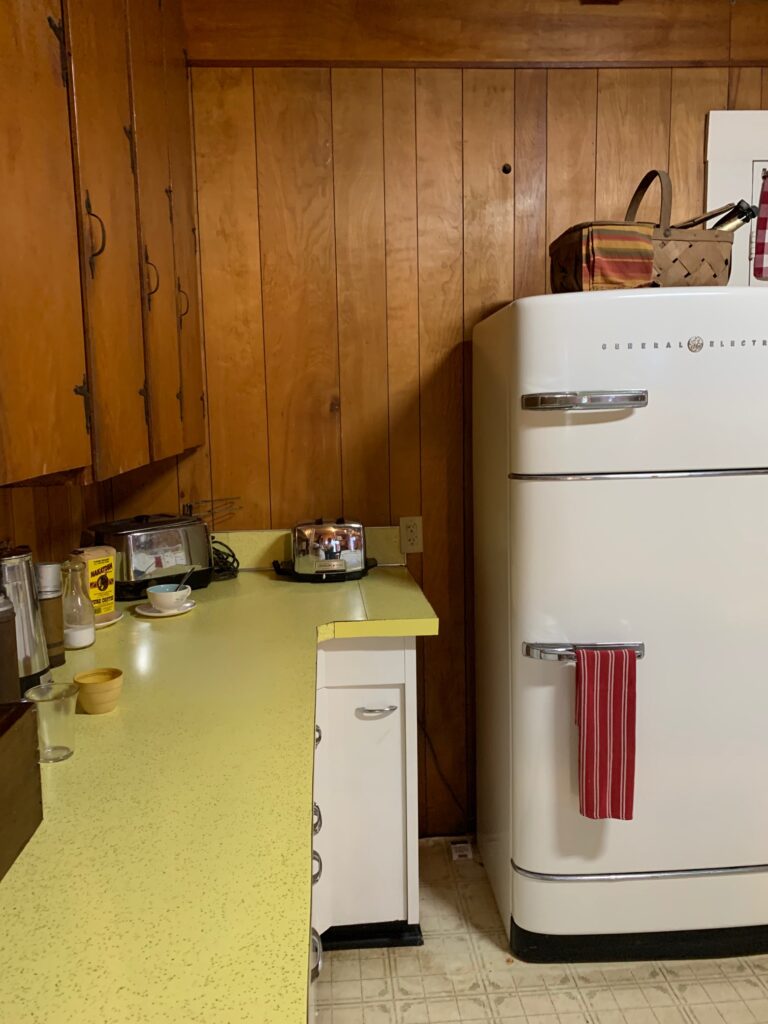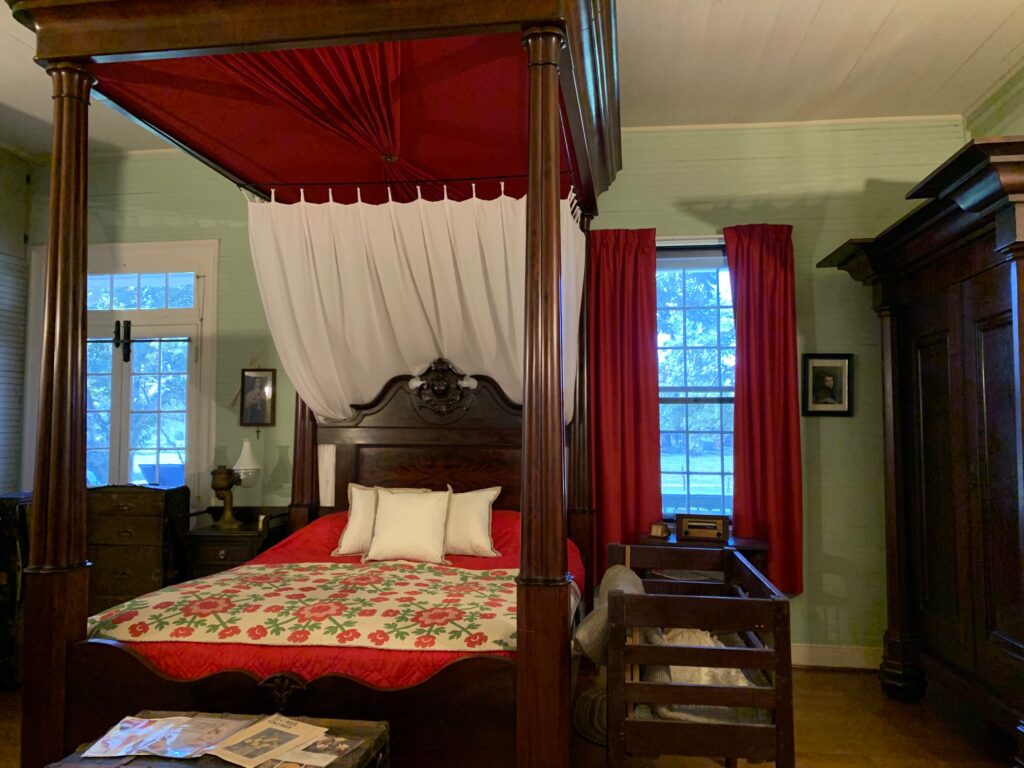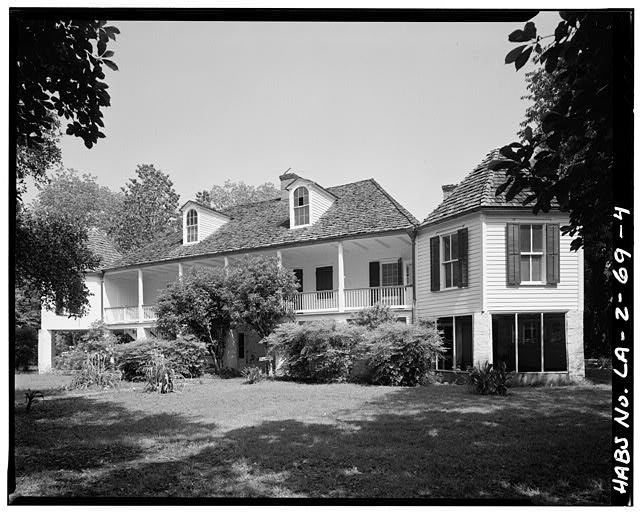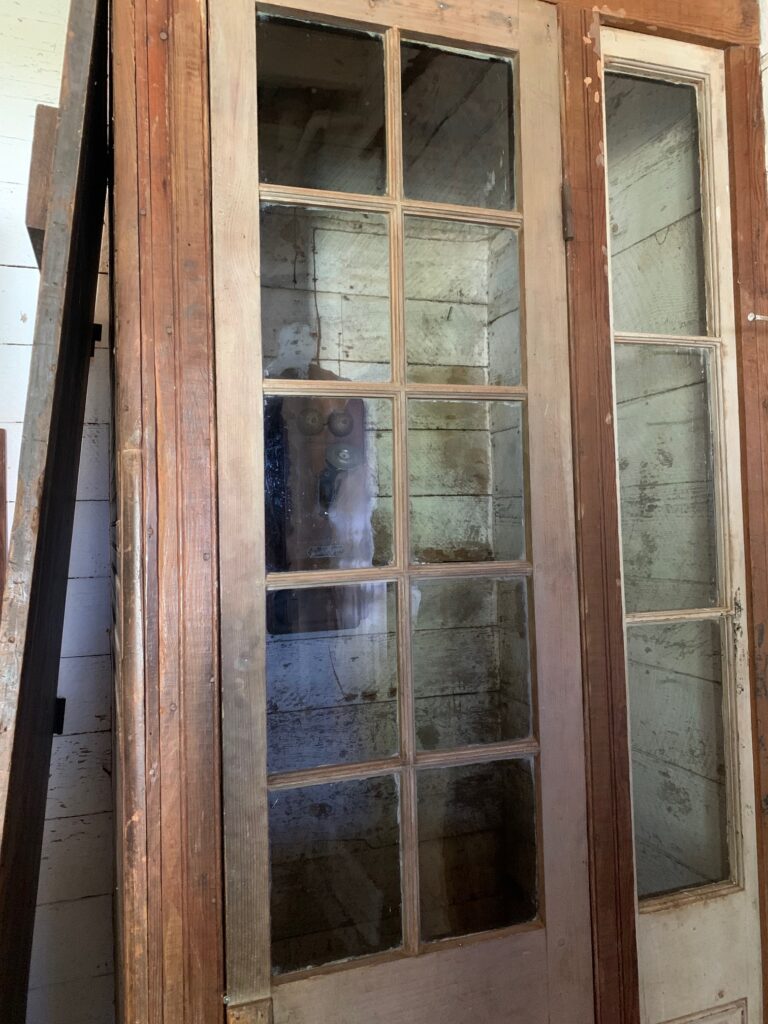
As promised in Earth + Ether Press’s inaugural post, now begins an adventure in old houses + new books. In this post, you’ll virtually visit Louisiana’s oldest settlement, known for its unique Creole heritage, and find suggested reading to enhance your visit to a place often commercially overshadowed. Later posts will discuss three novels written in and/or about the Cane River area and offer a Place-ment Value (get it?!) for lovers of old places (and old place-lovers).
Old Places:
New Books (+ a new look at some really old ones, because, well, I can do what I want):
- Cane River, Lalita Tademy (Warner Books, 2001)
- Children of Strangers, Lyle Saxton (Houghton Mifflin Company, 1937)
- The Awakening, Kate Chopin (Herbert S. Stone & Co., 1899)
Given my obsession with historic towns, Natchitoches, Louisiana had long been a much-anticipated destination when I finally planned a trip in the late, blazing hot, summer of 2021. At that time, I did not yet know the depth of inspiration I would find there. Now, having experienced a bit of the quaint city and its nearby Cane River National Heritage Area, I understand the profound effect of that visit.
The city of Natchitoches offers much to visitors of its downtown river-fronting streets, including the Kaffie-Frederick Hardware Store (circa 1890s), the oldest continuously operated hardware store in Louisiana, and a delightful array of other 19th century commercial buildings housing eclectic shops and eateries. Other noteworthy historical assets include the Prud’homme-Rouquier House (circa 1790), boasting an impressive example of bousillage construction, the Taylor-Cook House (circa 1840s), where the beloved movie, Steel Magnolias (1989), was filmed, among many other historic homes now serving as bed-and-breakfasts.
Notwithstanding Natchitoches’s historical lure, the Cane River National Heritage Area, meandering along Highway 484 (the Cane River’s west bank) and Highway 119 (east bank) about fifteen minutes south of the city, was the crux of my visit’s profoundness. Along the banks of the Cane River, guided by a series of tasteful historical markers, visitors find a web of antebellum homes hidden behind gothic shields of live oak trees and ancient cypress copses. Oakland Plantation and Melrose Plantation are the most notable way points.
Oakland Plantation, a National Historic Landmark, is touted as “the most complete Creole plantation in the South.” The plantation unit consists of the main house and numerous intact outbuildings, including two original slave cabins and the commissary, which served locals into the twentieth century.
Oakland remained in the Prud’homme family until its sale to the National Park Service in 1997. As a member of the National Trust for Historic Preservation’s family of historic properties, Oakland Plantation was thoughtfully preserved, featuring 1960’s furnishings and fixtures as a true reflection of the Prud’homme family’s last era of habitation.



If I thought Oakland Plantation was inspiring, it was only because I had not yet been to Melrose Plantation.

The Melrose story begins in the mid-eighteenth century, when Marie Thérèse Coincoin, a slave in the household of Natchitoches’s founder, was leased to French merchant, Claude Thomas Pierre Metoyer. Coincoin and Metoyer’s ensuing nineteen-year relationship produced ten children. Later, Metoyer purchased and freed Coincoin and several of their children. These Metoyer children, along with other gens de couleur libre (freed people of color) in their community, went on to succeed as business owners, owning land, plantations, and slaves. Louis Metoyer first developed the west bank of the Cane River in 1810-1815 and began construction of the “big house” in 1832. Eventually his debt-saddled progeny would lose the property in a sale to the business-savvy Hertzogs in 1847.

The Hetzogs ran Melrose as a profitable plantation until the Civil War. Fannie Hertzog is credited with enlarging the main house from a two-room raised cottage into the impressive French colonial structure with twin hexagonal garçonnière towers that welcomes visitors today. Fannie is also credited with establishing the Freedmen school at Melrose for former slaves during Reconstruction. The Hertzogs sold Melrose to a New Orleans businessman, who briefly owned it before selling it to Joseph Henry.
Mr. Henry is significant to this post only for his naming of the property, Melrose, and, more importantly, the existence of his daughter-in-law, Cammie. The history folks at Melrose best described why Cammie is Earth + Ether Press’s foundational inspiration:
In addition to the expansion of the Big House, Cammie was a true preservationist. She collected historic log cabins from all around the parish, as far as Grand Ecore on Red River, and brought them to Melrose. As a preservationist, Cammie also collected cultural arts and crafts such as weaving techniques, Cane River art, photography, and Louisiana lore that was threatened or at risk of being forgotten.
After John Hampton Henry’s sudden death in 1918, Cammie not only maintained the agricultural empire but also created a haven for artists, craftsmen, and authors. Melrose became a retreat for visiting artists and a center for creativity.As a patron, Cammie Henry hosted many well-known writers and artists of the early 20th century. This period of arts revival is now known as the “Southern Renaissance.”
http://www.melroseplantation.org/history
Among Cammie’s many creatives-in-residence was Clementine Hunter, the granddaughter of slaves and a self-taught artist known for her colorful paintings on ordinary materials depicting plantation life.

Cammie’s patronage and foresight resulted in a legacy of literary works by writers who found inspiration in their surroundings at Melrose. Among them were Lyle Saxton, whose typewriter and furniture are on display at the Yucca House (the first home built on the property and later used to house visiting creatives). Other notable writers who Cammie hosted included William Faulkner, Rachel Field, Ada Jack Carver, Roark Bradford, and Alberta Kinsey (whose forgotten paints would be the catalyst of Clementine Hunter’s famous career).
Eventually, the Southdown Land Company purchased the Melrose property for its pecan orchard from the Henry heirs. In 1971, Southdown donated the house and its ancillary buildings on 6.55 acres to the organization that would become the Association for the Preservation of Historic Natchitoches (APHN). The APHN owns and operates Melrose Plantation along with other significant local historic sites.
I don’t believe in ghosts (I think*), but I have had the occasional surreal experience where the aura of a place tricked me into believing in the unprovable. Standing in the library of Melrose Plantation, surrounded by ancient walls of books by writers who had been equally inspired by Melrose and her mistresses, was just such a moment. Armed with a list of works born of Cane River, I embarked on a journey to connect historic places with their begotten literature.
In the next post, Earth + Ether Press shares reviews for Cane River by Lalita Tademy, Children of Strangers by Lyle Saxton, and The Awakening by Kate Chopin. But these are no ordinary book reviews. These are reviews for people like you and me—people who love place; people who love books about place.
In the meantime, check out Earth + Ether Press’s first release, The Finding by Elizabeth Pilcher, a Southern historical mystery set in Louisiana’s Acadiana region, approximately 100 miles south of Cane River.




